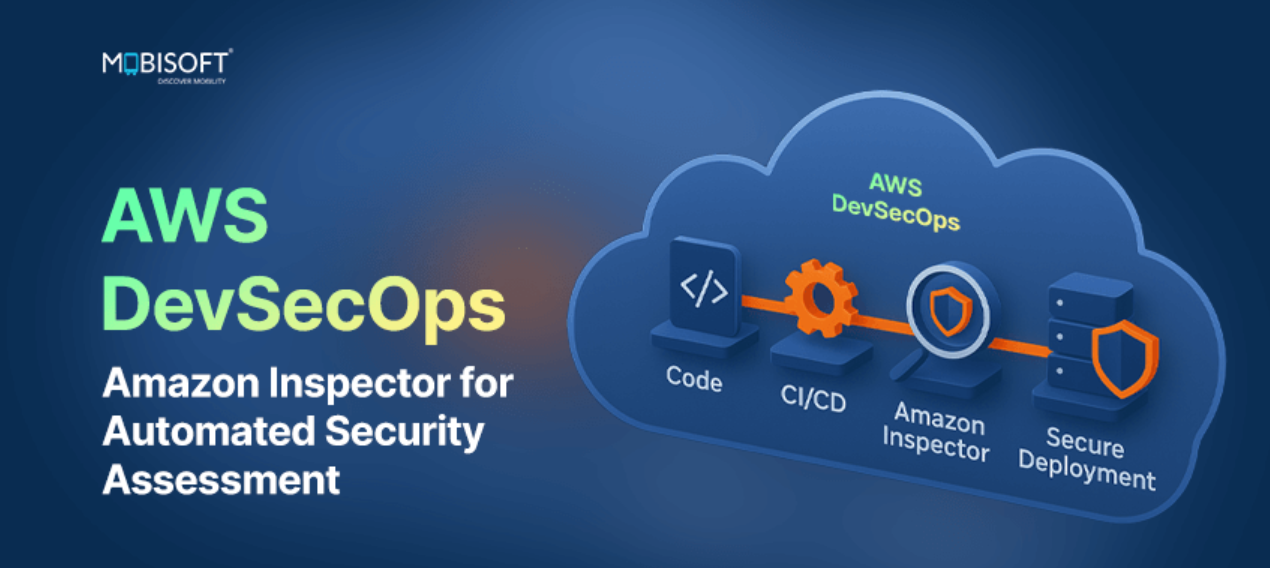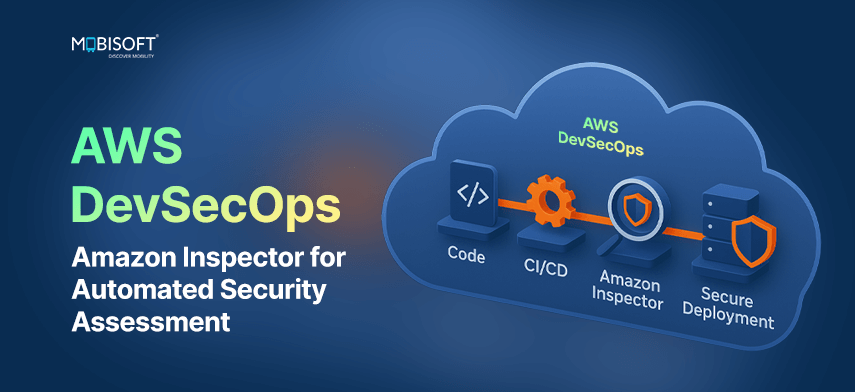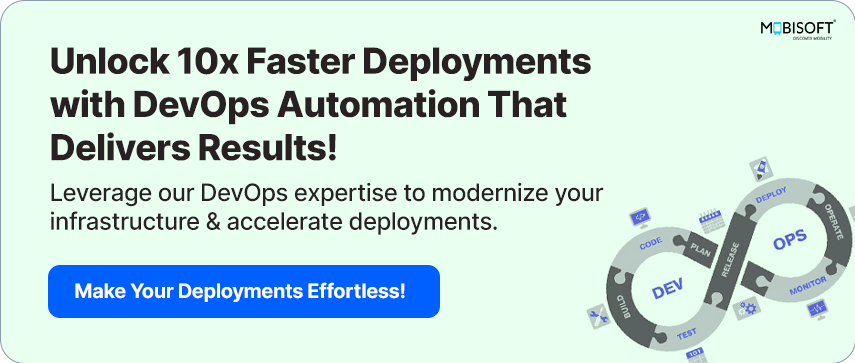Key AWS Security Tools to Make Your Cloud Infrastructure Secure

AWS DevSecOps: Amazon Inspector for Automated Security Assessment

Adoption of cloud computing has moved from being an option to being central to how organizations deliver applications and services. As businesses scale in the cloud, the need to integrate AWS security best practices at every phase of development has reached an unprecedented level. This practice, known as DevSecOps, combines development, operations, and security in one streamlined, continuous workflow.
Agencies that use continuous security assessment and automated scanning reduce high- and critical-vulnerability dwell time by 88% compared to manual scanning baselines. The U.S. Department of Defense cites integration of AWS security tools such as Amazon Inspector as “central to rapid risk reduction in cloud-native and hybrid defense systems.”
In today’s environment, research shows that a majority of cloud workloads have delayed threat detection and configuration errors. These weaknesses often lead to costly breaches. Amazon Inspector, for example, is not just a convenient feature but a strategic enabler. It helps organizations apply DevSecOps best practices and enforce enterprise-wide cloud security in DevSecOps without slowing down software development cycles.
Learn more about how our cloud development services can help you build secure, scalable applications in AWS.
What is an Amazon Inspector?
Amazon Inspector uses AI to help safely manage AWS cloud security operations. This helps it inspect AWS Lambda security for threats and errors. While scans occasionally occur manually or ad hoc, Inspector scans in real time, aiding teams in preventing difficulties before production runs.
The inspector maintains compliance with guidelines like CIS Benchmarks, PCI DSS, and NIST, with proof of regular security assessment automation being performed. It translates tough security data into easy, comprehensible insights. This greatly helps in supporting rapid responses, management of threats, risk mitigation in AWS, and embedding security in the DevSecOps pipeline.
To further strengthen this, many enterprises integrate penetration testing services to validate vulnerabilities and enhance Inspector’s automated scanning.

Key Features of Amazon Inspector
Automated and Continuous Scanning
Along with Lambda functions, Amazon Inspector also scans the ECR for container images and EC2 servers. This cloud vulnerability scanning at every step of deployment and management ensures complete security. It further lowers the possibility of an exploited vulnerability ever reaching production. Responses and lower odds that an exploited vulnerability ever reaches production.
CVE Database Integration
The Inspector operates in conjunction with AWS security feeds and outside Common Vulnerabilities and Exposures (CVE) databases to remain current. When a new vulnerability is published in the CVE database, Inspector promptly assesses resources in relation to it. For instance, if a container image contains a package with a newly identified exploit, Inspector flags it ahead of deployment, improving vulnerability management in AWS.
Container and EC2 Scanning
The inspector also covers Amazon EC2 instance scans and container image scans in ECR. EC2 analyzes operating systems, installed packages, and network setups, detecting misconfigurations or outdated software. In container applications, examining the layers is the first task. This enables teams to detect vulnerabilities early in the CI/CD pipeline. Finding vulnerabilities this early stops vulnerable containers from ever entering production and offers safer application delivery, especially in highly automated DevOps security pipelines.
Lambda Security Scanning
Serverless functions often bypass traditional security products due to their runtime on non-persistent server instances. It can detect risks like excessive permissions in IAM, insecure environment variables, or outdated library versions. This model, adopted by teams involved in microservice or event-driven architecture development, ensures serverless code is inherently secure and vulnerabilities are prevented from having their potential effect on other services or end-users. This aligns closely with security testing in AWS practices.
Severity-Based Risk Scoring
Every Inspector finding gets a severity score, allowing teams to focus on addressing issues. Critical vulnerabilities that may result in data breaches or privilege escalation are prioritized, while less severe issues are postponed for later attention. This stops teams from wasting resources in time and effort on minor alerts. It guarantees that high-risk issues get immediate attention, supporting DevSecOps automation tools adoption.
CTA: Read More:
- AI
- Vitamins
- Health
- Admin/office jobs
- News
- Art
- Causes
- Crafts
- Dance
- Drinks
- Film
- Fitness
- Food
- Παιχνίδια
- Gardening
- Health
- Κεντρική Σελίδα
- Literature
- Music
- Networking
- άλλο
- Party
- Religion
- Shopping
- Sports
- Theater
- Wellness


